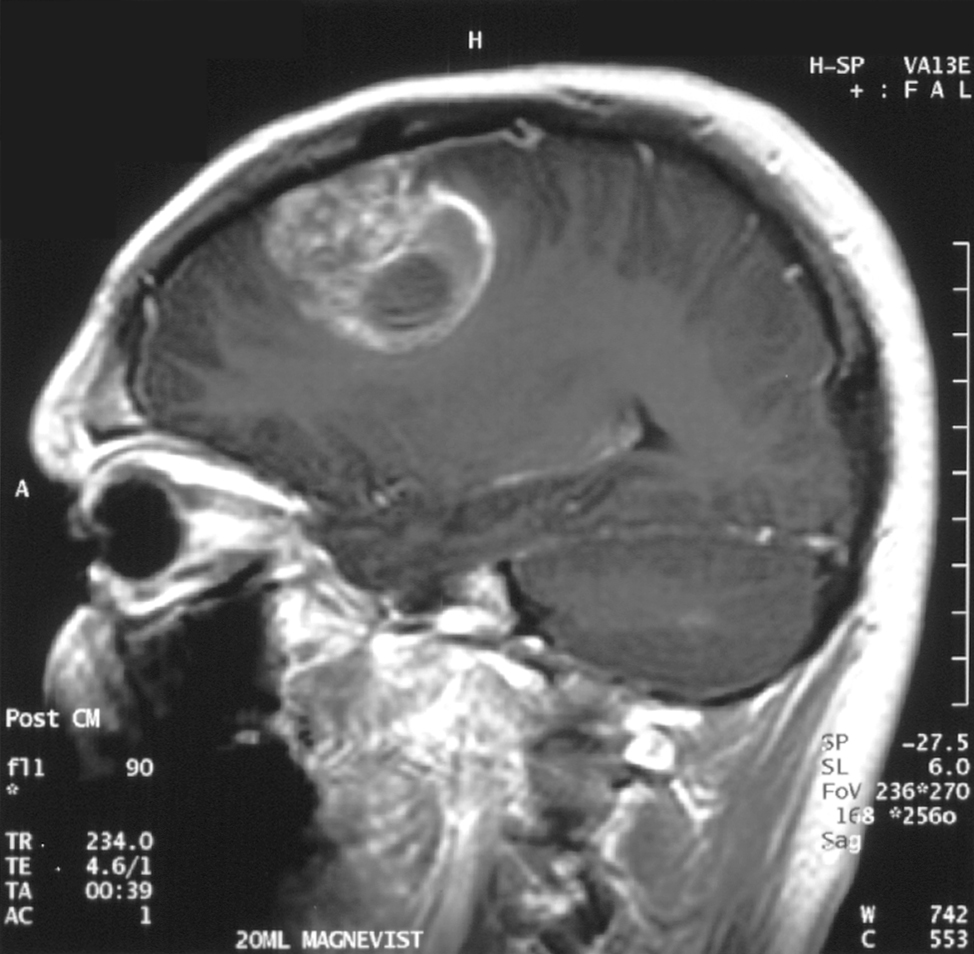The innovative triple treatment consists of the targeted drug bortezomib, an oncolytic virus and an infusion of immune cells called natural killer (NK) cells.
The study was published in the journal Clinical Cancer Research.
“Bortazomib, oncolytic viruses and NK cell immunotherapy are each being investigated separately in clinical trials for glioblastoma,” says principal investigator Balveen Kaur, PhD, professor and vice chair of research, departments of Neurological Surgery and Radiation Oncology, and a member of the OSUCCC – James Translational Therapeutics Program. “Our findings provide a rationale for testing the three therapies in combination in a clinical trial.”
Viruses that are designed to kill cancer cells are called oncolytic viruses. One type of oncolytic herpes simplex virus (oHSV) has been approved by the U.S. Food and Drug Administration for the treatment of advanced melanoma. Bortezomib inhibits the activity of proteasomes, structures in cells that break down and recycle proteins.
In this study, bortezomib and an oHSV caused glioblastoma cells to die by a process called necroptosis. This form of cell death triggers the release of hormone-like factors (proinflammatory cytokines) that attract cancer-killing immune cells called natural killer (NK) cells. It is also different from the type of cell death caused by either agent alone.
In addition, the bortezomib and oHSV treatment improved the ability of NK cells to identify and kill GBM cells. When the researchers tested the triple treatment in mice implanted with human GBM tumors, mice that received the triple therapy survived significantly longer than control animals, and longer than animals treated with bortezomib and oHSV.
More than 11,880 new cases of GBM were estimated to occur in 2015, with overall survival averaging 12 to 15 months after diagnosis. New strategies for treating the disease are critically needed.
In a study published in 2014, Kaur, Ji Young Yoo, PhD, research assistant professor of neurological surgery, and their colleagues showed that combining low doses of bortezomib with an oHSV might significantly improve the ability of the therapeutic virus to kill cancer cells while causing few side effects. The researchers showed that bortezomib, which blocks proteasomes, activates a stress response in GBM cells that makes them more sensitive to oncolytic virus therapy, while causing few additional side effects in an animal model.
“In our current study, we learned that bortezomib and the oncolytic virus cause necroptotic cell death in GBM cells, which both attracts inflammatory cells to the tumor site and sensitizes GBM cells to NK-cell killing,” says Yoo, first author of the study.
The study’s key findings include:
- After treating GMB cells with bortezomib and culturing them together with NK cells, the tumor cells showed significantly greater expression of CD155, CD112, and CD58, cell-surface receptors that activate NK cells against cancer cells;
- Combined bortezomib and oHSV treatment significantly enhanced NK-cell activation, and NK-cell therapy in mice treated with bortezomib and oHSV improved antitumor efficacy
- NK-cell therapy significantly enhanced survival following bortezomib and oncolytic virus treatment in mice transplanted human tumors.
Funding from the National Institutes of Health (grants NS064607, CA016058, CA150153, NS045758, CA 186542, CA009338, CA163205), the American Cancer Society and the Pelotonia Fellowship Program supported this research.
Other researchers involved in this study were Alena Cristina Jaime-Ramirez, Chelsea Bolyard, Hongsheng Dai, Tejaswini Nallanagulagari, Jeffrey Wojton, Brian S. Hurwitz, Theresa Relation, Tae Jin Lee, Jun-Ge Yu, Jianying Zhang, Carlo M. Croce, Jianhua Yu, Michael A. Caligiuri and Matthew Old, The Ohio State University Wexner Medical Center; and Michael T. Lotze, University of Pittsburgh.
